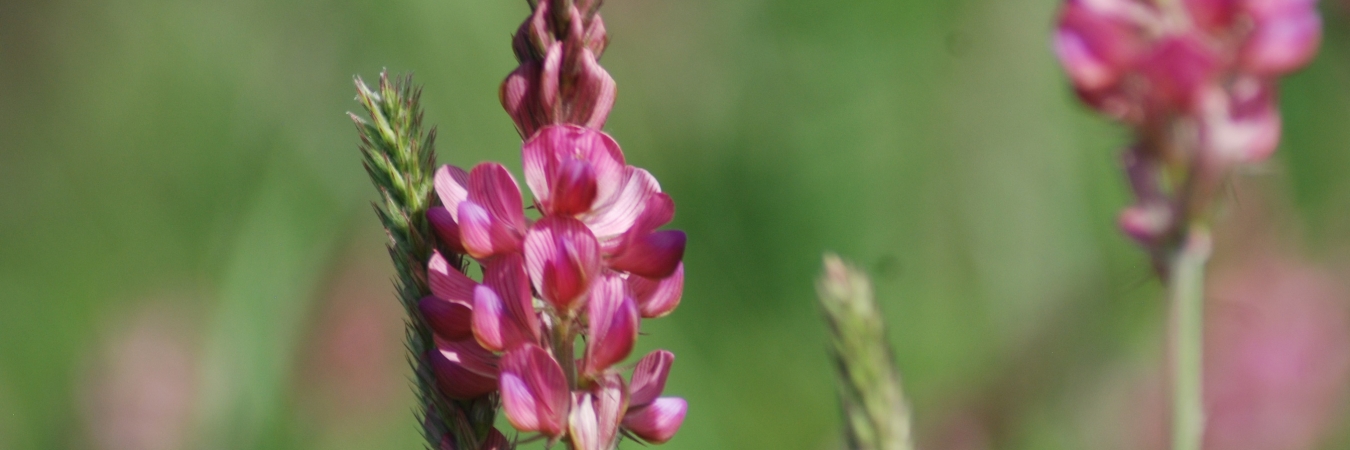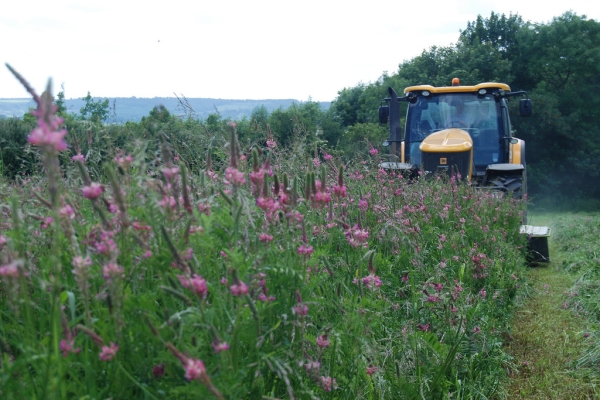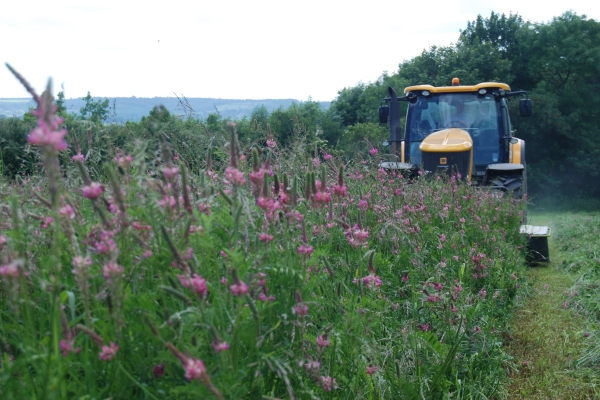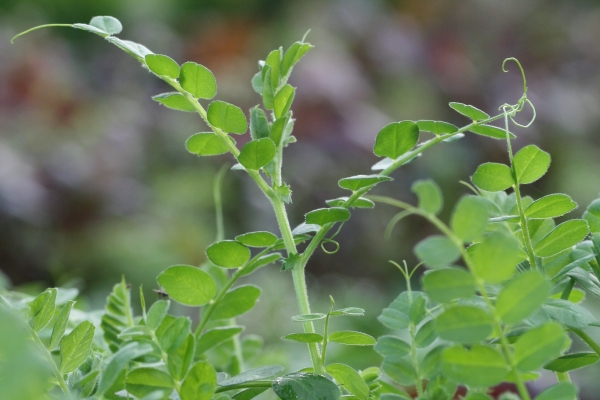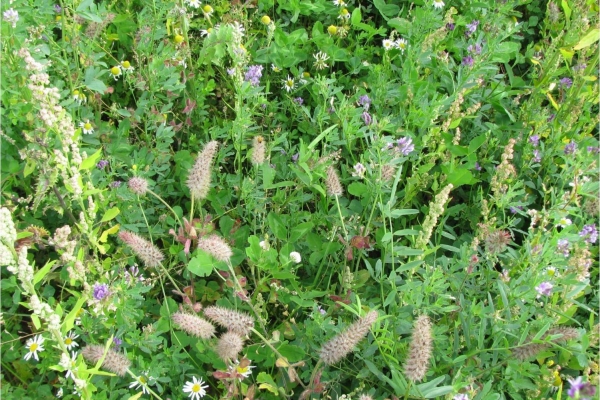Sainfoin with Dr Lydia Smith at NIAB
Cotswold Seeds First Hand
Resource explained
This 6.26-minute video was filmed at the National Institute of Agricultural Botany (NIAB), Cambridge. Dr Smith explains research NIAB are conducting in relation to sainfoin, which can be used to feed animals in a similar way to clover. She explains farmers tend not to use it because of better yields and inorganic nutrient responses with clover. She describes the benefits of sainfoin: Lack of harmful effects on animals’ digestion; biomedical anthelmintic properties; ability to enable better use of protein in animals; benefits to livestock health and wellbeing; and useful pollinator resource because of its long flowering period. This is set against establishment problems, lack of harvestable product after the first year, and lack of response to chemicals. She explains investigations by NIAB to resolve these difficulties, including using companion species in the establishment phase, combining with other crops to minimise weeds, and molecular breeding methods.
Findings & recommendations
- Unlike with clover, animals can eat sainfoin without it causing bloat.
- When it is eaten, protein is not broken down in the animal’s rumen but is instead used to help the animals grow.
- Sainfoin’s biomedical effect helps to purge animals of parasitic worms in their stomachs.
- Sainfoin contains omega-3 fatty acids that positively impact on livestock metabolism and health. Farmers often comment on glossier coats and livestock appearing to be happier.
- Sainfoin is a particularly good resource for bees.
- The video shows the plot arrangements at NIAB and Dr Smith explaining the different methods they have been trialing to help improve the establishment problems associated with the crop. One is looking at the use of companion species, another shows sainfoin combined with chicory (the theory being it may enable it to grow better through helping to suppress weeds and overcome problems associated with lack of harvestable product in the first year. She explains that work in the lab is looking at what goes on in the genetics of the species; they have sequenced entire varieties, using modern molecular breeding methods to look in to it.
